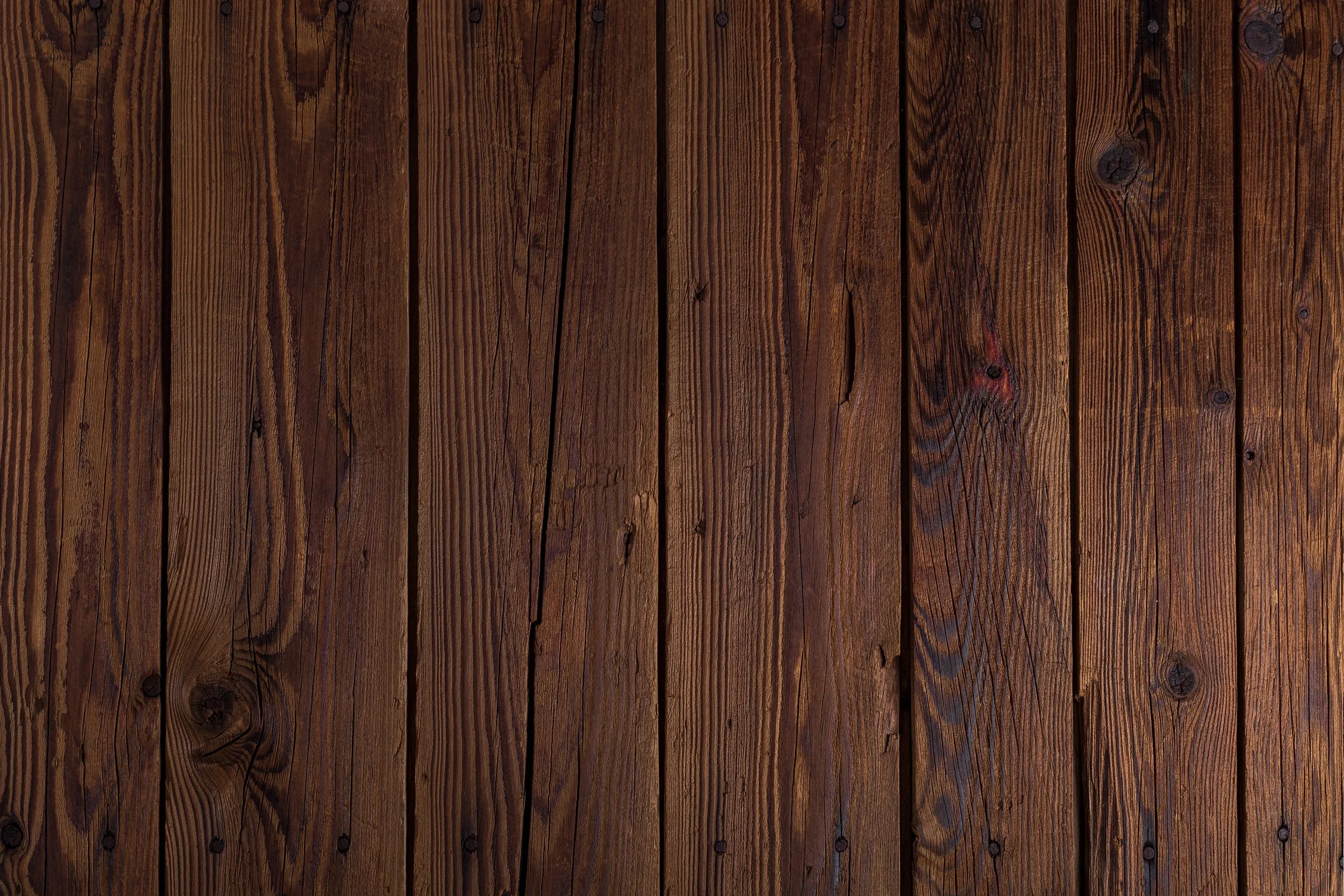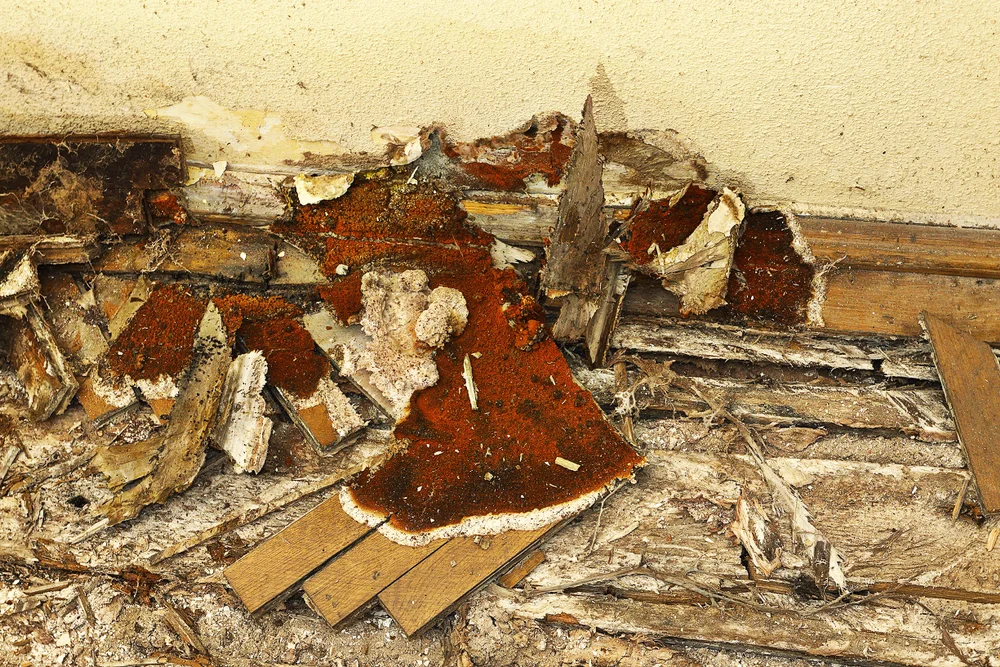Don’t let them damage your most valuable asset
We are experts at solving all damp and timber problems
Dry Rot
Dry rot is the decaying of wood caused by various species of fungi that digest those parts of wood’s structure that give it its rigidity and strength. Dry rot has the capacity to go through four main stages of development, if left untreated.
It begins as a microscopic spore which, if it has developed into a high enough concentration, will show itself as fine reddish brown or orange dust. If the spores have access to sufficient moisture they will start to grow fine white tendrils called hyphae. If these are allowed to germinate a large bloom known as a mycelium will form. Finally a large fruit-like mass will grow, and it is this that pumps new spores out into the surrounding atmosphere.
Wet Rot
Wet rot is caused by a variety of fungi that feed off timber for nourishment and consequently growth. This can severely compromise the structure of the timber, causing weakening and decomposition. Wet rot is not something which is limited to old buildings, and can quite often affect more modern structures, where a damp and moist environment are further compounded by poor ventilation. Many of the symptoms of wet rot include shrinkage, and a fragility in the structure of the timber, which can compromise its load bearing capabilities, and lead to the necessity for complete replacement of the timber structure in the affected area.
Rising Damp
Rising damp is the common term for the slow upward movement of water in the lower sections of walls, and other ground supported structures, by capillary action. Bricks, sandstone and mortar are inherently porous, and will draw moisture from the surrounding area. A common sign of rising damp is a ‘tide mark’ on internal or external walls, which is caused by soluble salts from the ground water. Also damp patches and staining on internal walls can be seen and felt.
In most cases, a damp proof course (DPC) should have been put in place which is constructed of materials that prevent moisture penetrating it. However, if there is no DPC, or the DPC has been compromised for some reason, then moisture will continue to be drawn up the wall, requiring urgent remedial action to reinstate the DPC.
Penetrating Damp
Penetrating damp is moisture that penetrates laterally through the fabric of a building from outside, typically as a result of leaking roofs or pipework; ill-fitting windows, doors and air vents; blocked or damaged guttering; defective flashing and cracks in walls and pointing etc.
Damp can often be identified visually, but diagnosing the cause can be difficult, and is best done by an experienced damp proofing professional with specialist equipment. Once the source of the damp has been found, it can be tackled. This may simply be a case of repairing any damaged item, such as those above, or applying a colourless water-repellent treatment to external walls. Breathable treatments are also available.
Condensation
Condensation is probably the most common form of dampness in buildings. When warm air, which holds more moisture than cold air, comes into contact with a cold wall or window, the water in the warm air condenses into liquid. Moisture in warm air is caused by a variety of things including people breathing, cooking, bathing/showering, and washing and drying clothes.
Condensation ‘season’ tends to occur between October and April when the external temperature tends to be much lower than the internal temperature, and tends to manifest itself as water droplets on impervious surfaces (e.g. windows), or mould growth on porous surfaces.
Woodworm
Woodworm is the wood-eating larvae of many species of beetle. Signs of woodworm usually consist of holes in the wood with live infestations showing powder, known as frass around the holes. A building with a woodworm problem in the structure may also have a problem with excess damp. The issue could be lack of ventilation in a roof space, cellar or other enclosed space within an otherwise dry building.
In the UK the Common Furniture Beetle is responsible for as much as 75% of all timber damage, and is fortunately one of the easiest to treat, typically by spraying. For more invasive species, such as the Woodboring Weevil, the Home Longhorn Beetle or Death Watch Beetle, a gel treatment is more effective.
Basement Tanking
Old cellars and basements will usually require waterproofing or “tanking”, if they are to be used as habitable areas. This is because the porous brickwork can absorb moisture from the surrounding earth, and in areas of poor drainage, or a high water table, this can be particularly problematic, causing cellars and basements to remain continually damp.
There are a variety of different forms of tanking that have been developed over the years, and to a great extent the most appropriate method of tanking is dependent on the severity of the water ingress problem.
In the UK, cavity drainage membrane systems are the most popular waterproofing option for old basements. These use a resilient plastic membrane to line the basement walls and water is redirected to a sump and pump, rather than physically being held back, so preparation of the old brick substrate is less critical than when using traditional waterproofing systems.








